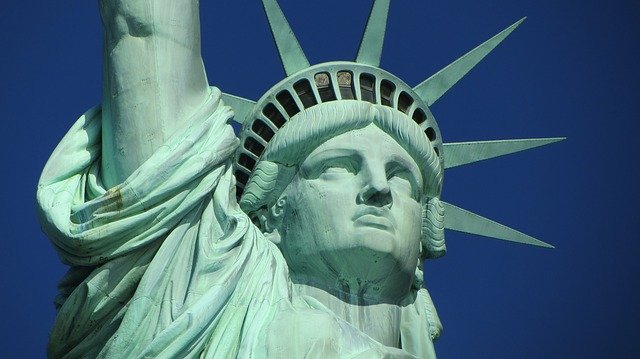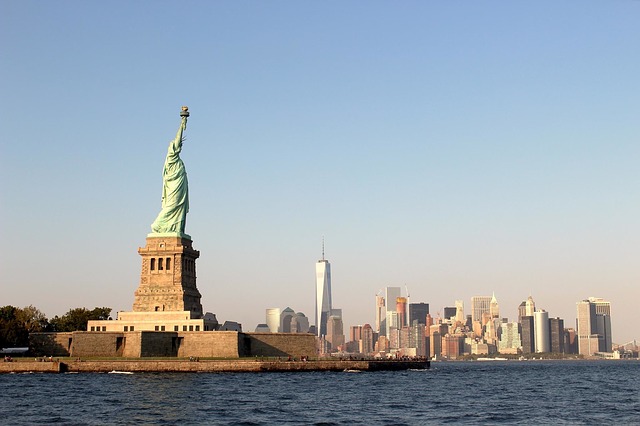LANDMARK
JULY 26, 2021
statue of liberty origin

The Statue of Liberty origin was a gift from the French people commemorating the alliance of France and the United States during the American Revolution in the 18th century.
It was the hope of many French liberals that democracy would prevail and that freedom and justice for all would be attained.
In 1865, a French political intellectual and anti-slavery activist named Edouard de Laboulaye proposed for a statue representing liberty be built for the United States. This monument would honor the United States’ centennial of independence and the friendship with France.
The statue of Liberty was designed by French sculptor Frédéric Auguste Bartholdi while the metal framework was built by Gustave Eiffel. The statue was dedicated on October 28, 1886. The figure of it is Libertas, a robed Roman liberty goddess.
Liberty statue is made of hundreds of thin copper sheets assembled on a frame of steel supports. The outer layer of the statue is copper that’s only 3/32 of an inch thick — the thickness of two pennies put together.
Despite how thin it is, the copper is a strong material. The amount of copper in the Statue of Liberty could make 30 million pennies!
When the statue was originally assembled, it had brown color, reflecting the natural color of its copper plates. Over the next 30 years, it slowly turned to the green color like we see today. This happened because of a natural weathering process called oxidation. It is when air and water reacted with the copper plates.
Over time, the weathering of the copper created a thin layer of copper carbonate called a patina. Some people were worried that the changing color of the statue meant it was decaying, but the patina actually protects the copper underneath from further corrosion.

The Statue of Liberty origin was initially designed for the Suez Canal in Egypt. Bartholdi did not craft the basic design of Liberty specifically for America. As a young man, he had visited Egypt and was enchanted by the project underway to build a channel between the Mediterranean and the Red Sea.
At Paris world’s fair of 1867, he met with the Khedive, the leader of Egypt and proposed creating a work as wondrous as the pyramids or sphinxes.
He designed a colossal woman holding up a lamp and wearing the loose fitting dress of a fellah to stand as a lighthouse at the entrance of the Suez Canal.
The Colossus of Rhodes or the statue of Helios, influenced his plans for the eventual construction of Libertas, the subject of the Statue of Liberty.
Eventually, the Egypt government rejected the idea as too costly, so Bartholdi decided to adventure to America to pitch his colossus.
By 1884, the entire statue was completed and put together in Paris. Meanwhile construction workers, many of whom were recent immigrants, began building the statue’s pedestal on Bedloe’s Island in New York Harbor.
The Statue arrived in New York Harbor on June 19, 1885. It came in 350 pieces packed into 214 crates. The statue was assembled on a pedestal base built by the United States.
Many workers who reassembled the statue once it arrived in New York were also largely new immigrants.
The Statue of Liberty’s home is Bedloe’s Island (renamed to Liberty Island in 1956). From 1892 to 1943, “Lady Liberty” greeted over 12 million immigrants, mostly from Europe, as they arrived on ships at the nearby Ellis Island Immigration Station.
Today, the 151-foot tall statue has become a worldwide symbol of freedom and democracy. It is one of the most famous landmark in the world and a very popular tourist object in the United States.
related post